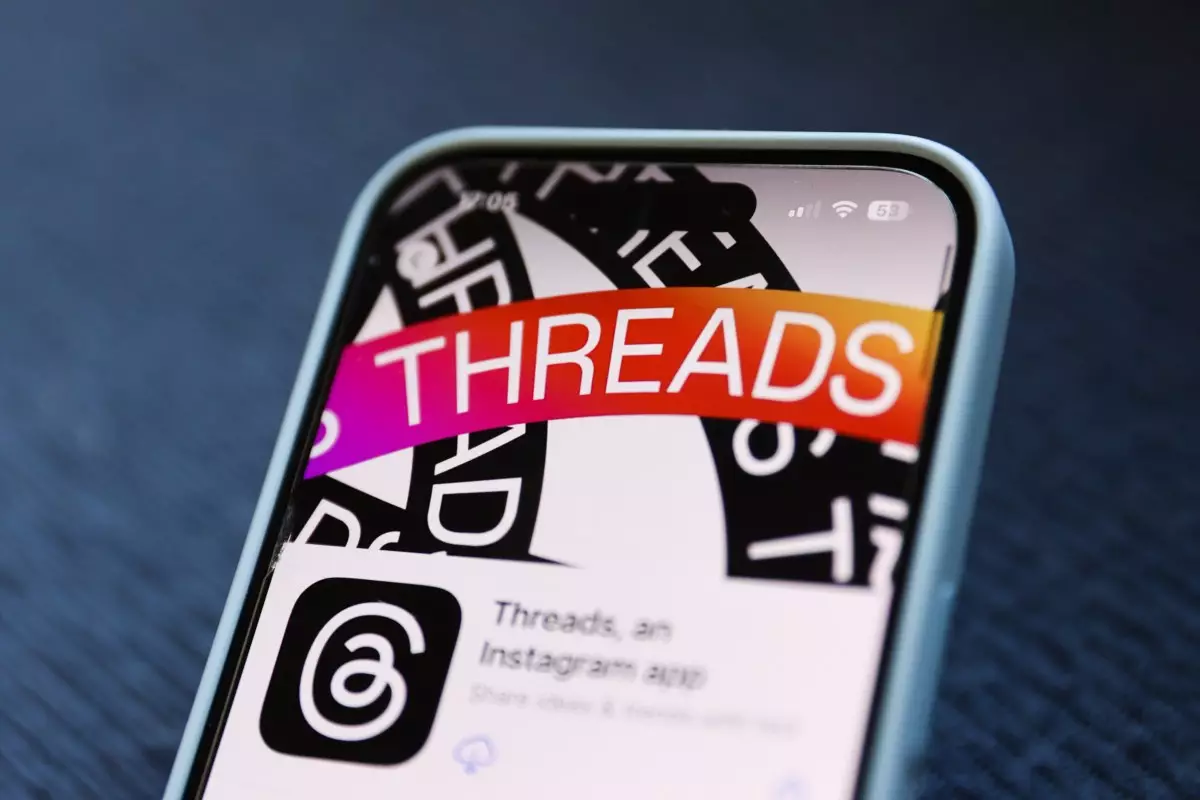In the relentless race to enhance social media platforms, there is a common misconception that more features automatically equate to a better user experience. Instagram Threads’ recent addition of direct messaging (DMs) exemplifies this misguided approach. While developers often view feature expansion as a way to boost engagement and stay competitive, they frequently overlook the foundational needs of their user base. Instead of carefully assessing what features genuinely serve user interests, companies tend to add popular functionalities without considering potential pitfalls. The result is a platform that feels cluttered, intrusive, and ultimately user-hostile.
In Threads’ case, the introduction of DMs was branded as a response to user demand, but the reality painted a different picture. Many users, particularly women, expressed discomfort and dissatisfaction with the new feature, pointing out the lack of an opt-out option. Their concerns highlight a broader issue: the assumption that users will adapt to whatever features are foisted upon them, rather than requiring those features to adapt to their needs.
The Unintended Consequences of Unrestricted Communication
The core problem with forcing the integration of DMs on a social media platform structured around open sharing is that it inherently opens the floodgates to harassment, spam, and unwanted solicitations. When a platform disables granular control—such as allowing users to toggle off DMs entirely—it undermines the agency of its community. For many women and vulnerable users, this lack of control fosters fear and discomfort, discouraging genuine engagement or even the use of the platform altogether.
The current design, which allows communication only if the user follows a person or vice versa, attempts to mitigate some risks. But this approach ignores the reality that harassment often occurs within these bounds, and the inability to disable DMs entirely sends a problematic message: user comfort is secondary to feature proliferation. A social network isn’t just a space for content sharing; it’s a community where safety and autonomy must be prioritized.
The Significance of User Agency in Digital Spaces
Meta’s decision to add DMs without an opt-out option reveals a troubling oversight—an underestimation of user agency. When users feel trapped into accepting features they dislike, frustration and distrust build. This disconnect can erode the trust between platform operators and their community, making users feel like passive subjects rather than active participants.
The backlash from Threads’ user base underscores the importance of respecting user preferences, especially in sensitive areas like privacy and harassment prevention. Platforms need to recognize that not every feature is universally welcomed or beneficial. Providing clear, simple ways for users to opt-out or customize their experience should be foundational rather than an afterthought. Ignoring these principles risks alienating core audiences who expect social media to be a space where they have control over their interactions, not a battleground for constant new features that may compromise their safety.
Rethinking Social Media Growth Strategies
The broader lesson here is that rapid feature addition often prioritizes growth metrics over genuine user well-being. If social media platforms aim for sustainable engagement, they must shift from viewing features solely as tools for increased activity to recognizing them as opportunities for fostering trust and safety.
Adding DMs without a proper opt-out suggests a company more interested in keeping users plugged in than empowering them to manage their online experience. Existing users, particularly those concerned with harassment, represent a vital segment often overlooked in product development. True innovation involves listening to these voices and implementing features that enhance safety without infringing on privacy or autonomy.
By forcing a one-size-fits-all model, platforms may inadvertently push away their most vulnerable users, risking long-term reputational damage. Instead, investing in nuanced privacy controls, user-specific customization, and transparent communication will cultivate a healthier, more engaged community. Ultimately, social media success shouldn’t be measured solely by the volume of features but by the quality of user experience they create—centered on choice, control, and respect.

